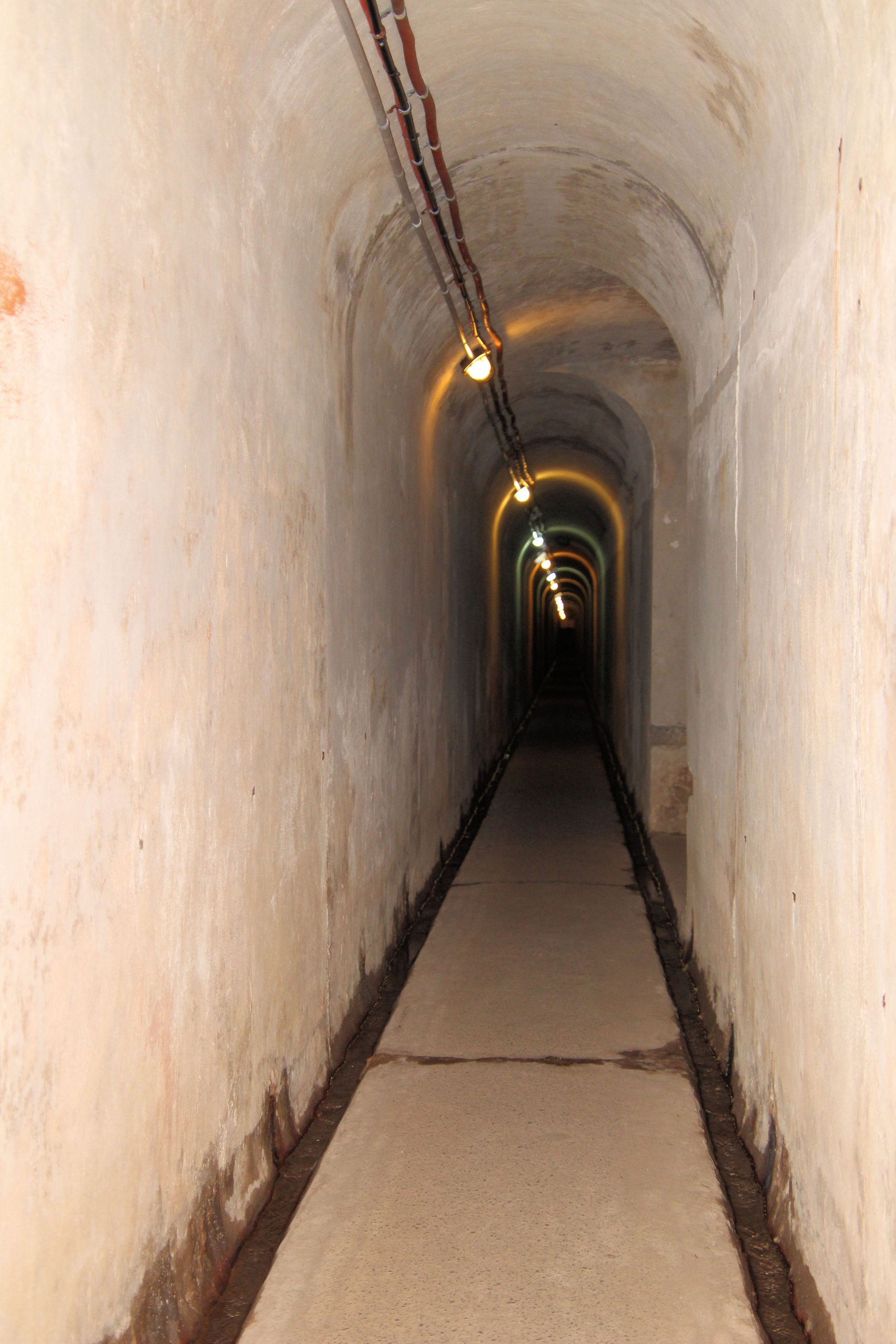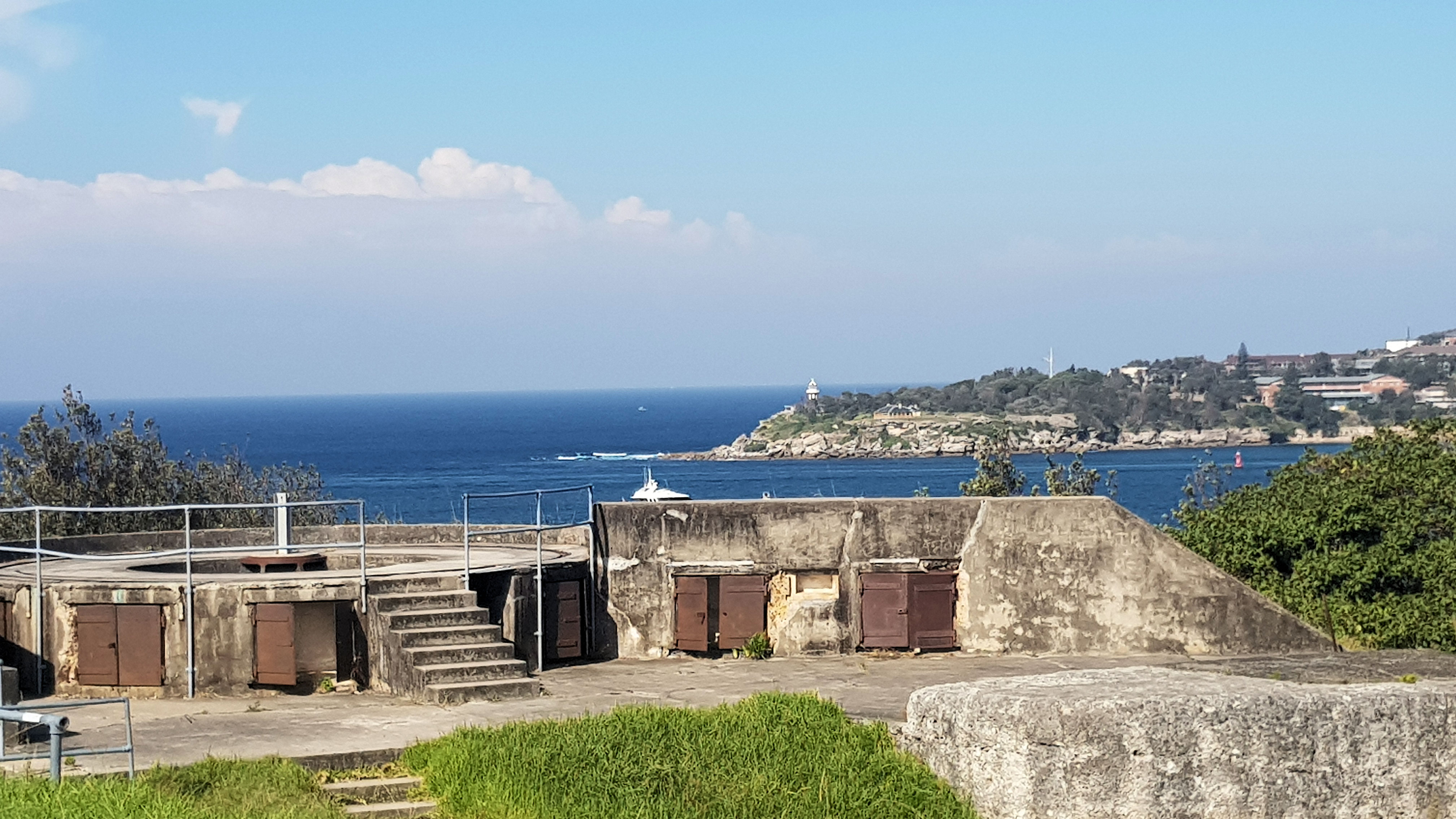Tag: Fortifications
-
Manly to North Head Walk
Manly to North Head Walk The walk from Manly to North Head takes you past some beautiful beaches with views over the coast, through coastal scrub and passes old fortifications. Finally ending at the entrance to Sydney Harbour, it has spectacular views of the city. Getting There The easiest way to get to Manly is… Read more
-
North Head Sanctuary and Tunnels

North Head Operated by Sydney Harbour Trust, North Head is an ex-army heritage listed site. Staffed by volunteers, the Visitor Centre is an ideal point to start your exploration of the area as they can provide you with an overview of what’s available. Our visit on a Sunday corresponded to the day that a guided… Read more
-
Middle Head Sydney Harbour

Middle Head Middle Head on Sydney Harbour houses the remains of Sydney’s original fortifications. Designed to repel an invasion from the sea, these huge concrete structures no longer have their guns, but remain as a reminder of times when Australia thought it was going to be invaded. The Royal Australian Navy still has a presence… Read more